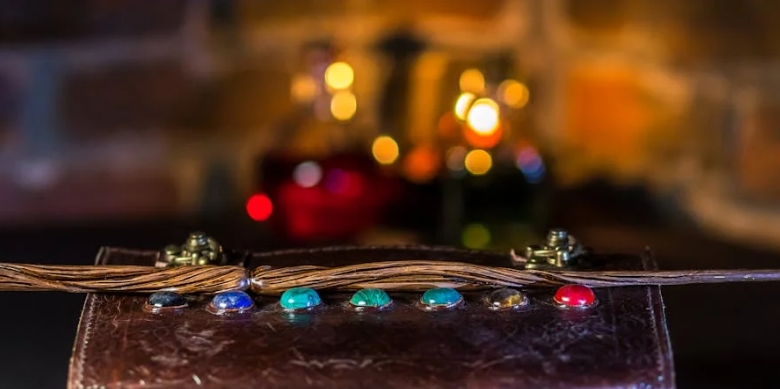
Jewelry has been a part of human history for millennia, serving various purposes that go beyond mere adornment. From cultural symbols to expressions of status, the significance of jewelry is deeply intertwined with societal values and traditions. In this article, we’ll explore the cultural importance of jewelry across different societies and its evolution throughout history.
Jewelry as a Cultural Symbol
Throughout history, jewelry has served as a powerful symbol of cultural identity. Different cultures have distinct styles, materials, and meanings associated with their jewelry.
Traditional Designs and Techniques
Many cultures have traditional jewelry styles that reflect their heritage. For example, Native American jewelry often features intricate designs incorporating turquoise and silver, symbolizing the connection to nature. In Africa, tribal jewelry made from beads and natural materials often signifies community and identity. These pieces are not only beautiful but also serve as a testament to cultural practices and craftsmanship.
Religious and Spiritual Significance
Jewelry can also hold deep religious or spiritual meanings. For example, in many cultures, crosses or other religious symbols worn as necklaces serve as a testament to one’s faith. Similarly, Hindu brides often wear specific jewelry that carries auspicious meanings and blessings for their marriage. These pieces are often passed down through generations, holding familial and cultural significance.
The Evolution of Jewelry Through History
The history of jewelry is a fascinating journey that reflects changes in society, technology, and aesthetics.
Ancient Civilizations
In ancient Egypt, jewelry was a symbol of wealth and power, often adorned with precious stones and intricate designs. Pharaohs and nobles wore elaborate pieces to showcase their status and as offerings to the gods. Similarly, in ancient Rome, jewelry signified social standing, with gold and gemstone pieces reserved for the elite.
The Middle Ages to the Renaissance
During the Middle Ages, jewelry became more intricate, with elaborate designs often featuring religious motifs. The Renaissance brought a renewed interest in art and culture, leading to the creation of stunning jewelry that highlighted individual expression. Gemstones became more accessible, and artisans began crafting pieces that showcased not only wealth but also artistic talent.
Modern Jewelry and Its Significance
Today, jewelry continues to evolve while maintaining its cultural importance. Contemporary designers often draw inspiration from historical pieces, blending traditional techniques with modern aesthetics.
Ethical and Sustainable Practices
As awareness of ethical practices grows, many jewelers are now focusing on sustainability. Consumers are increasingly interested in ethically sourced materials and supporting local artisans. This shift reflects a broader cultural movement toward responsible consumption and a desire to honor the origins of the materials used in jewelry-making.
Personalization and Individuality
In the modern era, personalization has become a significant trend in jewelry. Customized pieces allow individuals to express their unique identities and commemorate personal milestones. This trend highlights the importance of jewelry not just as an accessory, but as a deeply personal statement that resonates with the wearer.
Conclusion: Jewelry as a Reflection of Humanity
Jewelry has transcended time and culture, serving as a reflection of human experience and creativity. From ancient civilizations to contemporary society, the significance of jewelry continues to evolve while remaining deeply rooted in cultural identity, status, and personal expression. By understanding the cultural importance of jewelry, we can appreciate the stories and traditions that each piece carries, enriching our experience as wearers and admirers alike.










More Stories
The Timeless Charm of Jewelry: A Guide to Elevating Your Style
Jewelry and Self-Care: Adorning Yourself with Confidence
Unlocking the Power of Jewelry: A Guide to Timeless Elegance